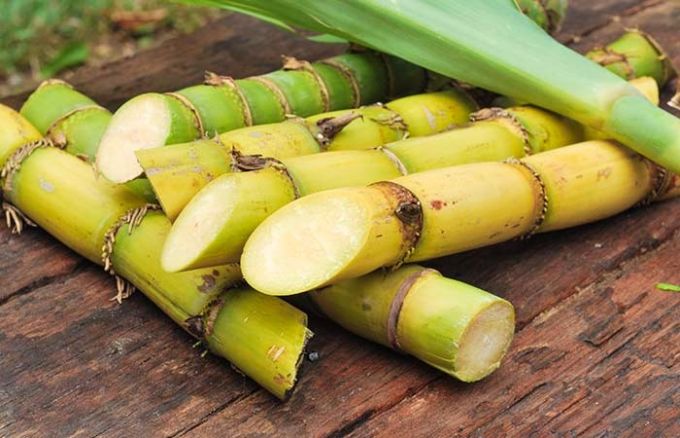Image Credits: Vicinito
Caught on the wrong foot by a sharp surge in cane output and plunging open market prices of sugar, the government is now cobbling up a rescue package to bail out farmers and the industry from cane arrears of ₹20,000 crore. A Group of Ministers has proposed a cess on sugar, a production subsidy on cane and a sharp reduction in GST on ethanol, to tackle the crisis. But such measures may offer only temporary palliatives without addressing the root cause of the sugar economy’s deteriorating fortunes — high output that is well in excess of domestic needs.
India’s sugar industry has been historically subject to see-sawing fortunes, with three or four years of bumper cane harvests usually followed by two years of severe shortfall. The shortage years helped restore farmers and mills to health by liquidating excess stocks and lifting market prices for sugar and its by-products. But this cyclical pattern has been broken lately, with sugar production outpacing consumption for six consecutive years until 2015-16. While 2016-17 brought respite with output at just 203 lakh tonnes, it proved all too brief with the current sugar season (September 2017 to October 2018) seeing a bounce-back to 300 lakh tonnes.
With opening stocks at 38.7 lakh tonnes and consumption at 250 lakh tonnes, the country is now expected to be saddled with excess stocks of about 88 lakh tonnes. What has made this year’s 45 per cent output surge particularly painful is that both the industry and the government appeared clueless about the impending glut until December 2017, when they were estimating the output at 250-260 lakh tonnes. While market players are now busy pointing fingers at each other, the Centre has scrambled to cap sugar releases, double import duty to 100 per cent and impose a 20 lakh tonne minimum export quota on the industry — all in the last two months. But as the global sugar market is deluged by supply, export realisations are 25-30 per cent below domestic prices. The fire-fighting measures being proposed now are unlikely to help correct this structural imbalance either.
The only durable solution to the recurring sugar crisis is for the Centre to adopt the Rangarajan committee’s recommendations on linking the Fair and Remunerative Price (FRP) for sugarcane to yearly realisations from sugar and its by-products, through a fixed formula. The current practise, where both the Centre and the States indulge in competitive opportunism to steadily peg up cane prices, ignoring market realities, is mostly responsible for this problem of plenty. Realistic procurement prices will also send the right sowing signals to the farmers to shift out of this water-guzzling crop into those that are in short supply. The Centre and State governments should stop viewing cane growers as a vote bank to be exploited solely at election times.












